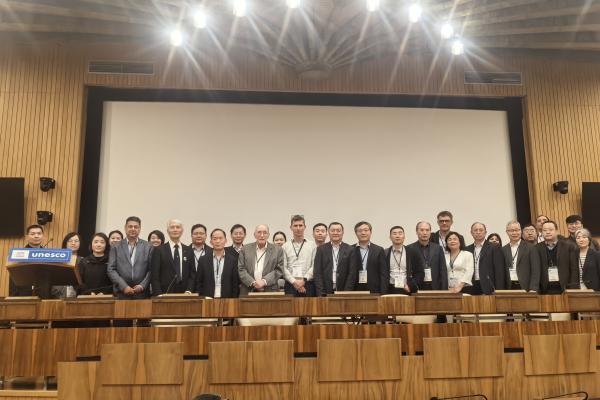Melting Moments: The Third Pole in Focus

On March 20–21, 2025, global experts convened at UNESCO Headquarters in Paris to celebrate the inaugural World Day for Glaciers and World Water Day. Among the events held on March 21 was the side-event titled Glaciers and Loss and Damage in the Third Pole Environment.
The Third Pole glaciers are critical in sustaining Asia's water resources. As the most extensive ice reserve outside the polar regions, the Third Pole holds approximately 100,000 km² of glaciers and 8,000 gigatons of ice, feeding major lakes and over ten significant rivers, including the Yangtze, Ganges, and Indus. However, rapid glacier melt due to climate change threatens water resources, ecosystems, and regional stability.
The event focused on the critical role of Third Pole glaciers in sustaining water resources across the continent and aimed to achieve a broad knowledge spectrum, identify knowledge gaps, and strengthen international collaboration for glacier preservation.
Among the distinguished participants was Byrd Center's renowned paleoclimatologist and ice core pioneer, Professor Lonnie Thompson, who provided valuable insights into the impacts of glacier loss and highlighted the urgent need for coordinated action to protect this fragile and essential region.
Protecting the glaciers is a scientific imperative and a moral responsibility to future generations. These vast ice reserves are lifelines for millions, feeding rivers, sustaining ecosystems, and supporting livelihoods. The inaugural World Day for Glaciers served as a crucial reminder that the pace of glacier loss demands immediate and sustained global action. By strengthening international cooperation, closing knowledge gaps, and implementing effective climate strategies, we can work to preserve these irreplaceable natural resources.
A recording of this session can be requested directly from UNESCO.
